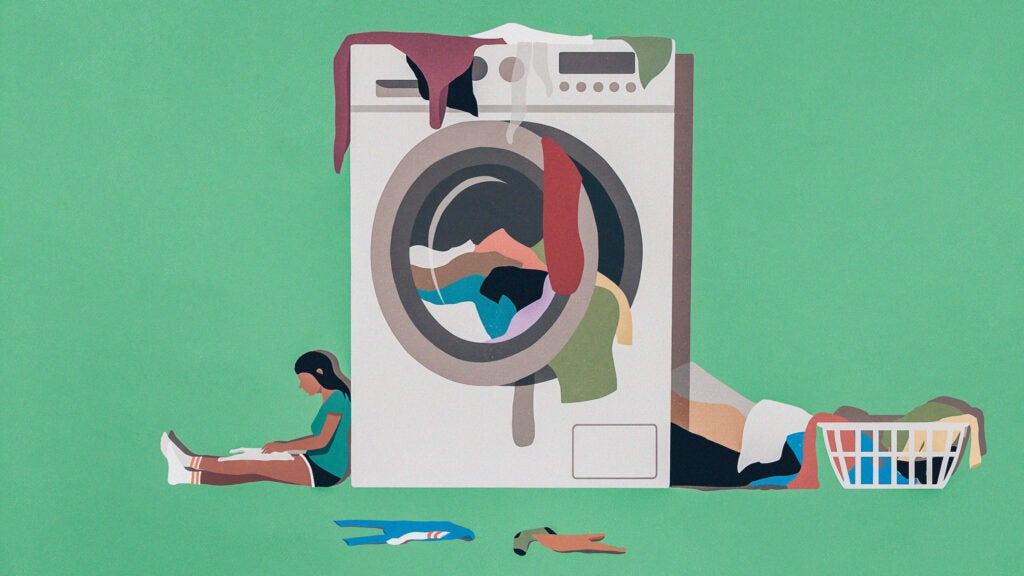Whichever way is listed on your care labels. There's a ton of legal regulations and laboratory testing that goes into what's written on the care label. Brands have to have "reasonable basis" for higher maintenance care instructions. I.e. If the label says dry clean only, you have to supply independent, 3rd party testing to prove it doesn't hold up in the wash. So therefore, when Arc'teryx tells me to machine dry their pieces and Flylow tells me to hang dry theirs, I trust their judgment.
The care labeling regulations don't allow for detergent recommendations / requirements. There's a lot of variety on the store shelves across enzymes, chemicals, oxidizers, scents, softeners, etc. Using the "free & clear" or "free & gentle" formulas ensures that you're not adding a softener or oxidizer that compromises the membrane. Woolite's also really gentle and the "delicates" version is unscented. Vinegar, baking soda, and enzymatic pet cleaner are all DWR & membrane-compatible for "washing projects," like when my partner got diesel all over an OR Ascendant midlayer.
So what's the deal with tech wash? Likely marketing. Nikwax wrote a full 650-word
blog post about why you were ruining you membranes with regular detergent, but they really only pointed out two differences: 1) Nikwax is soap, which is made from organic compounds. Detergents are synthetic. 2) Detergents
may leave behind a hydrophilic reside that would slightly work against the DWR and membrane. However, the only people talking about a hydrophilic residue from laundry detergent anywhere on the internet is Nikwax themselves or a Nikwax distributor. And even if you're into the natural, environmentally friendly aspects of Nikwax, you could still get the same combo of gentle, unscented, plant based cleaner with something like Tide PurClean for 1/5th of the cost per ounce.


